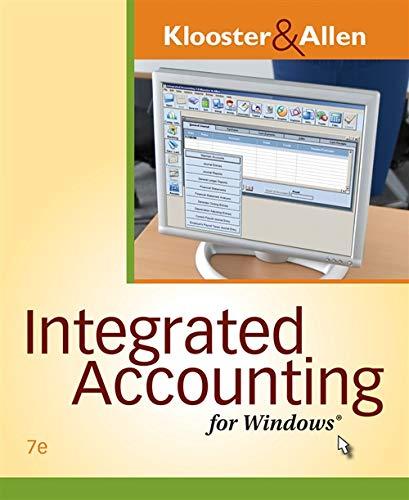Question
Ballarat Metal Industries (BMI) specialises in the design, supply, installation and after sale care of a range of conveyor belts and sport equipment. The conveyors
Ballarat Metal Industries (BMI) specialises in the design, supply, installation and after sale care of a range of conveyor belts and sport equipment. The conveyors are used as baggage conveyors in the airline industry or as fitness treadmill belt in the sport equipment industry. For this exam purpose, assume all conveyors are of the same type and size. BMI has two divisions:
Conveyor division, and
Sport equipment division.
The conveyor division manufactures the conveyors. It typically sells 40 per cent of its outputs to the sport equipment division of BMI. The remainder are sold to outside customers. BMI treats both divisions as profit centres and allows divisional managers to choose their sources of sale and supply. Corporate policy requires that all interdivisional sales and purchases be made at a transfer price based on standard variable cost. The conveyor division's estimated sales and standard cost data for the year ending 31 December, based on capacity of 10 000 conveyors, are as follows:
| To the sport equipment division | To outside customers | |
| Sales | $ 1 000 000 | $3 000 000 |
| Variable costs | (900 000) | (1 350 000) |
| Fixed costs | (200 000) | (600 000) |
| Gross margin | $(100 000) | $1 050 000 |
| Unit sales | 4 000 | 6 000 |
The conveyor division has an opportunity to sell the 4 000 conveyors that it currently sells to the sport equipment division to a new outside customer at a price of $400 per conveyor. The sport equipment division can purchase its requirements from an outside supplier at a price of $450 per conveyor.
Required:
- Assuming that the conveyor division wishesto maximise its profits, should it take on the new customer and drop its sales to the sport equipment division? Would this be in the best interest of BMI? Explain your answer. (3 marks)
- Assume instead that BMI permits divisional managers to negotiate the transfer price. The managers agree on a tentative transfer price of $400 per conveyor, to be reduced based on an equal sharing of the additional gross margin to the conveyor division resulting from the sale to the sport equipment division of 4 000 units at $400 per unit. What would be the actual transfer price? (3 marks)
- Assume now that the conveyor division has an opportunity to sell the 4 000 conveyors that the sport equipment division would buy to the same customers that are buying the other
6 000 units produced by the conveyor division. The conveyor division could sell all 10 000 conveyors to outside customers at a price of $500. What actions by each divisional manager are in the best interests of BMI? (3 marks)
Question 1 continued over page
- Under the scenario described in requirement 'c', use the general transfer pricing rule to calculate the transfer price that the conveyor division should charge the sport equipment division per unit. (3 marks)
- Will the transfer price calculated in requirement 'd' result in the most desirable outcome from the standpoint of BMI? Justify your answer. (3 marks)
Step by Step Solution
There are 3 Steps involved in it
Step: 1

Get Instant Access to Expert-Tailored Solutions
See step-by-step solutions with expert insights and AI powered tools for academic success
Step: 2

Step: 3

Ace Your Homework with AI
Get the answers you need in no time with our AI-driven, step-by-step assistance
Get Started


